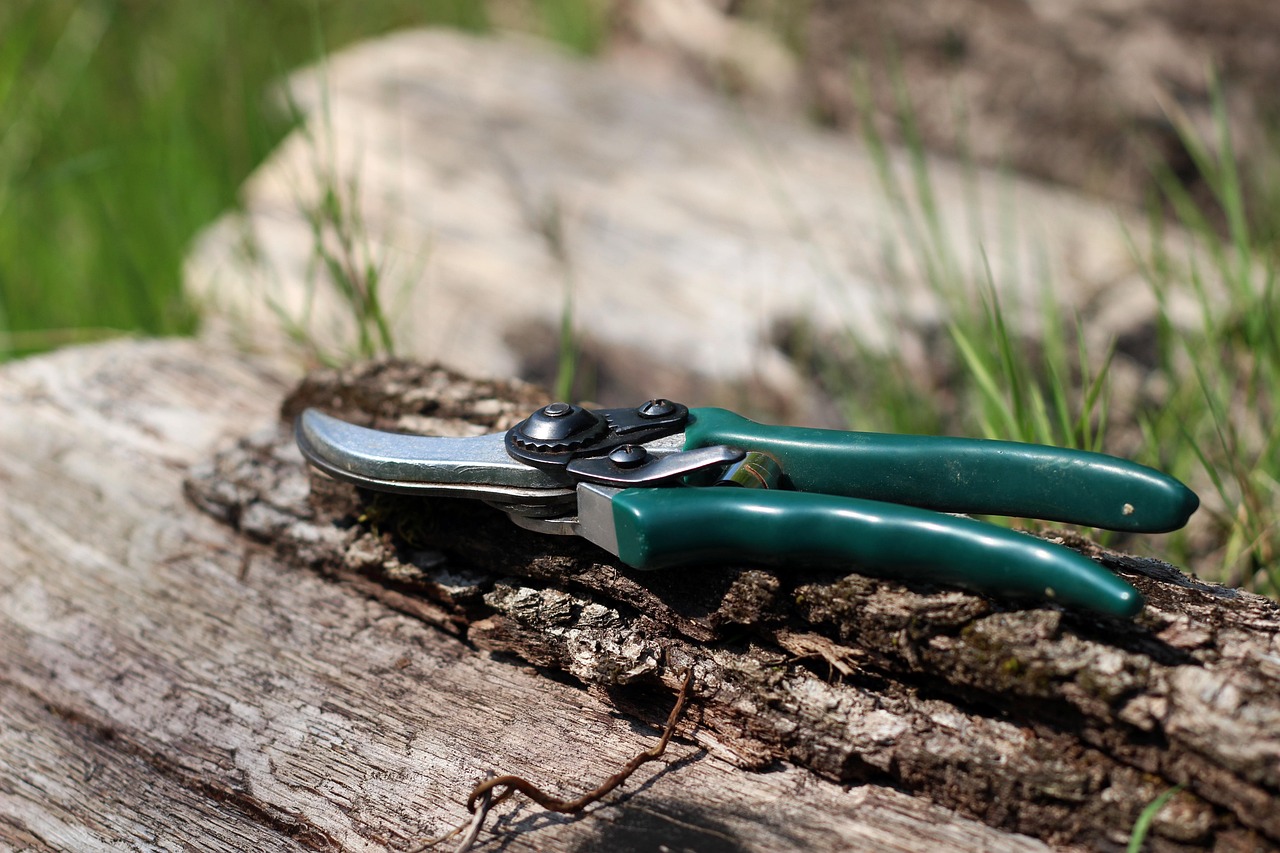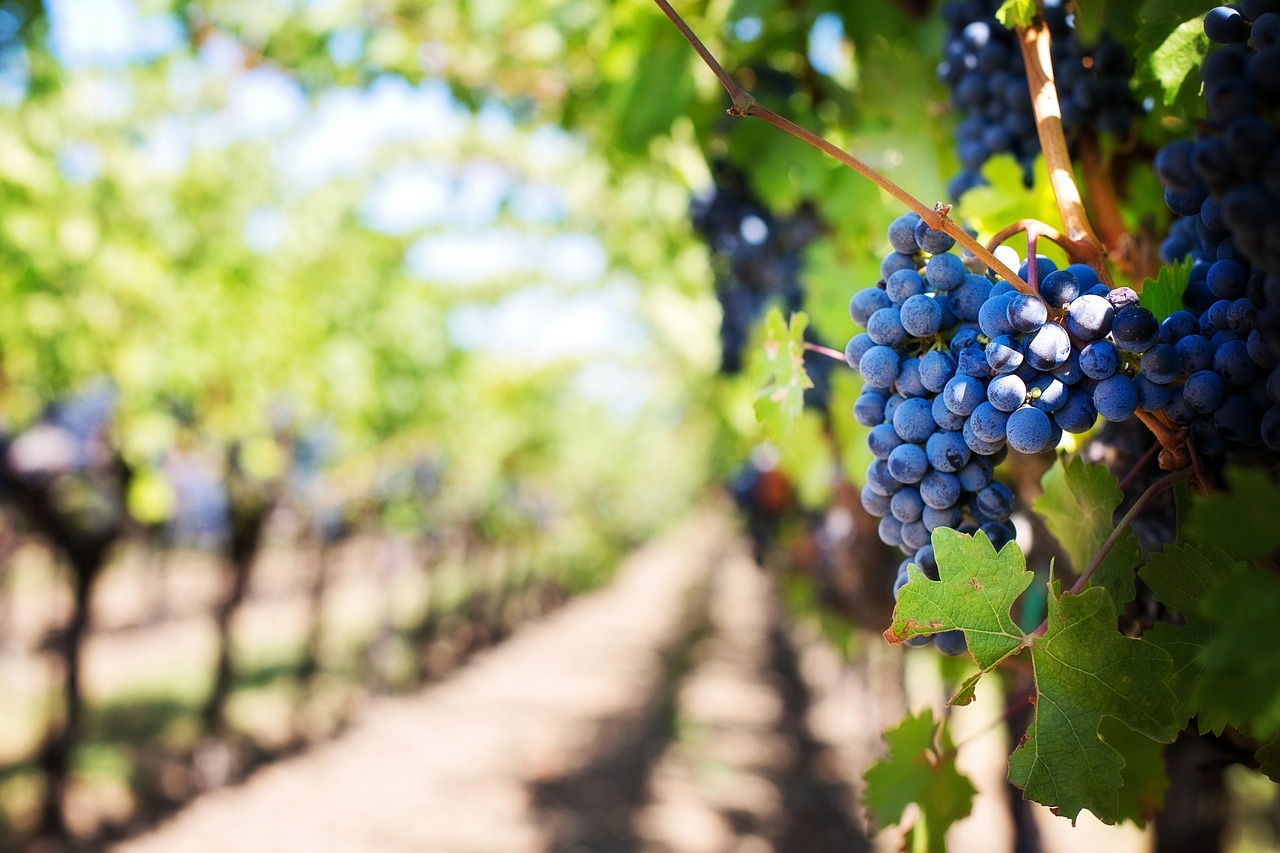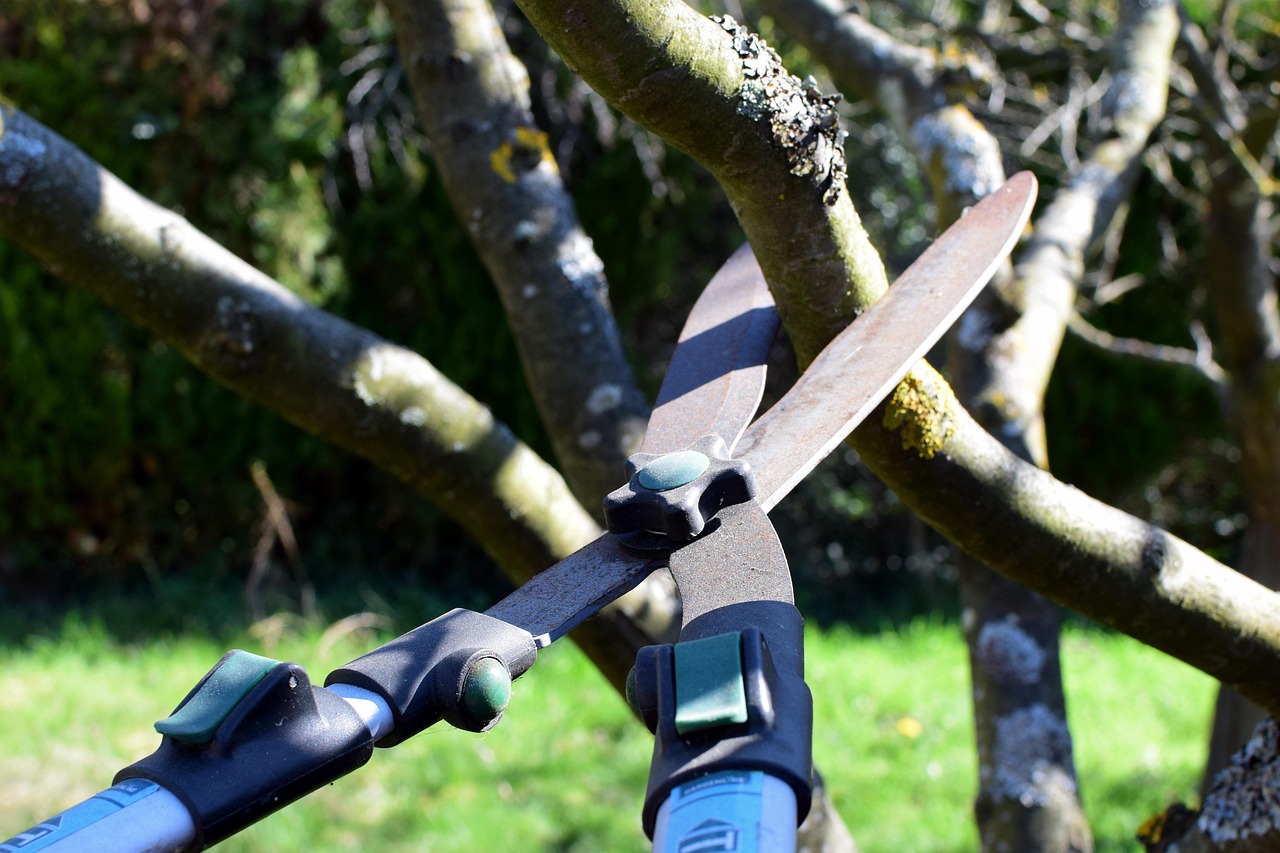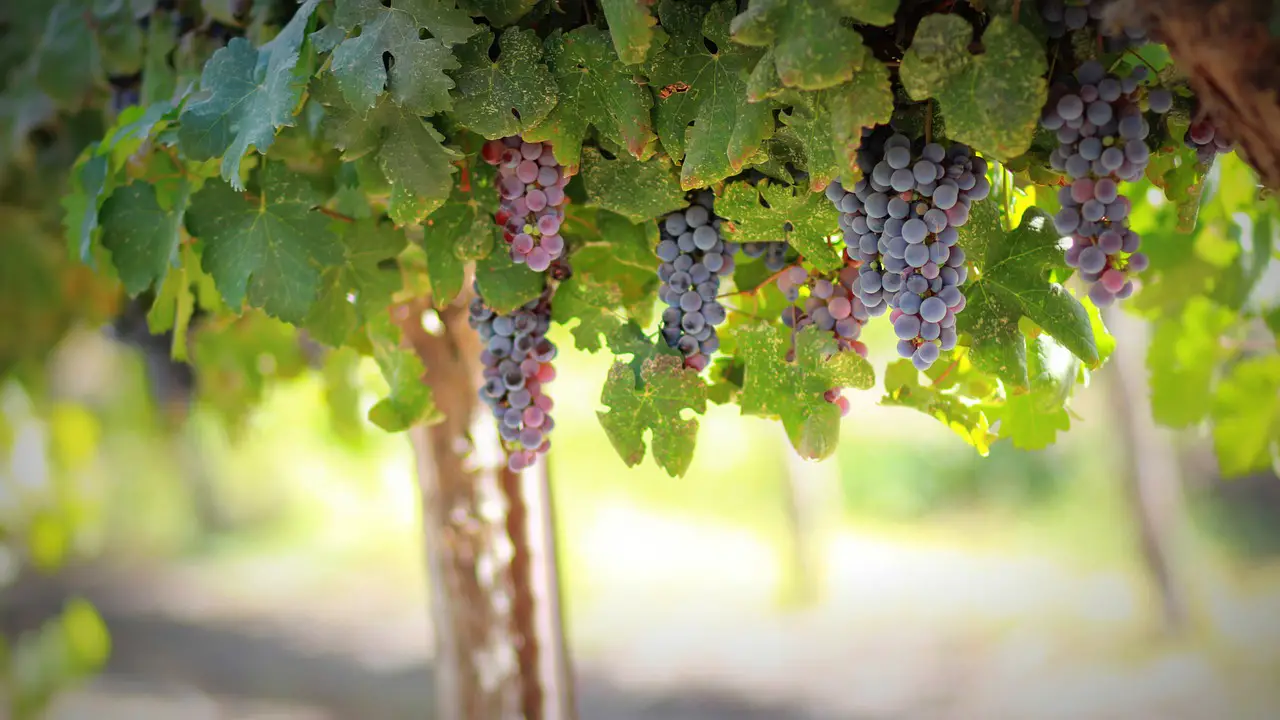Grapevine pruning enhances sugar content by controlling vine growth and directing energy towards fruit development. Proper techniques, such as selective pruning, improve sunlight exposure and airflow, leading to healthier grapes with higher sugar levels.
Understanding Grapevine Pruning
Pruning is a vital aspect of viticulture. It involves strategically cutting back grapevines to promote healthy growth and maximize fruit quality. The primary goal of pruning is to optimize the balance between foliage and fruit. This balance is crucial for achieving high sugar content in grapes, which is essential for quality wine production.

The process of pruning not only affects the shape and size of the vine but also influences the grape’s ripening process. By removing excess canes, growers can enhance sunlight penetration and air circulation within the grape cluster. These factors are important for photosynthesis and overall grape health.
The Importance of Sugar in Grapes
Sugar content in grapes is a key factor that influences the flavor, aroma, and quality of wine. Higher sugar levels lead to better fermentation processes, resulting in wines with a richer taste and higher alcohol content. The sugar in grapes primarily comes from photosynthesis, where sunlight is converted into energy.
The following table outlines the relationship between sugar content and its impact on wine quality:

| Sugar Content (g/L) | Wine Style | Impact on Flavor |
|---|---|---|
| 0-50 | Dry Wines | Crisp, refreshing taste |
| 50-100 | Off-Dry Wines | Subtle sweetness with complexity |
| 100-150 | Semi-Sweet Wines | Noticeable sweetness, balanced acidity |
| 150+ | Sweet Wines | Rich, luscious flavors |
Factors Affecting Sugar Accumulation
Several factors influence sugar accumulation in grapes. Understanding these factors can help growers implement effective pruning techniques to enhance sugar levels.
- Sunlight Exposure: Adequate sunlight is critical for photosynthesis. Pruning helps to expose grape clusters to more sunlight.
- Soil Quality: Healthy soil contributes to vine health. Nutrient-rich soil supports robust vine growth, impacting sugar levels.
- Water Management: Controlled irrigation practices can stress vines slightly, leading to higher sugar concentration in grapes.
- Temperature: Warm temperatures during the growing season promote sugar production. Pruning can help manage vine canopy and optimize temperature effects.
Pruning Techniques for Higher Sugar Content
There are various pruning techniques that growers can use to enhance the sugar content in grapes. Each technique has its advantages and can be tailored to specific vineyard conditions.
Cane Pruning
Cane pruning involves selecting one or two healthy canes from the previous year’s growth. This method allows for better control of fruit production and encourages the vine to allocate more energy to fewer clusters. As a result, cane-pruned vines often produce grapes with higher sugar concentrations.

Sucker Removal
Suckers are shoots that grow from the base of the vine or from leaf nodes. Removing these suckers helps the vine redirect energy toward fruit development rather than excess foliage. This practice can significantly increase sugar levels in the grapes.
Crop Thinning
Crop thinning is the process of removing some grape clusters from the vine after fruit set. This technique reduces competition among clusters, allowing remaining grapes to receive more nutrients and sunlight. Consequently, crop thinning can lead to grapes with elevated sugar levels.
The Timing of Pruning
The timing of pruning is crucial for achieving optimal results. Most grapevines are pruned during the dormant season, typically in late winter or early spring. However, some growers may also practice green pruning during the growing season. Green pruning involves removing leaves and clusters to improve airflow and sunlight exposure.

This strategic timing helps ensure that the vine can recover quickly and direct its resources towards developing high-sugar grapes. Proper scheduling of pruning activities is essential for maintaining vine health and maximizing fruit quality.
Utilizing effective pruning techniques can lead to significant improvements in grape quality. Growers who understand the relationship between pruning methods and sugar content can produce exceptional wines that stand out in a competitive market.
Understanding the Vine’s Growth Cycle
To effectively prune grapevines for higher sugar content, it is important to understand the vine’s growth cycle. Grapevines go through distinct phases each year, which influences the timing and method of pruning.
Phases of Growth
The growth cycle of grapevines can be divided into several key phases:
- Dormancy: This phase occurs in late fall and winter when the vine stops growing. During this time, pruning is most effective as the vine is not actively producing leaves or fruit.
- Budding: In early spring, buds begin to swell and break open, leading to new shoot development. The timing of pruning must be carefully managed to avoid damaging these new buds.
- Flowering: Typically occurring in late spring, flowering is when the vine produces blossoms that will eventually develop into grapes. Pruning during this phase can affect fruit set.
- Fruit Development: After flowering, the grapes begin to develop. This phase is critical for sugar accumulation and can be influenced by previous pruning practices.
- Harvest: In late summer to early fall, grapes reach their peak ripeness. The timing of harvest is influenced by sugar content and flavor development.
Impact of Growth Phases on Pruning
The growth phases impact how and when grapevines should be pruned. For example, pruning during dormancy promotes a healthy start to the growing season. Conversely, late-season pruning can stress the vine and reduce sugar levels in developing grapes. Understanding these phases helps growers make informed decisions about when to prune for optimal results.
Common Mistakes in Pruning
While pruning is essential for achieving high sugar content in grapes, common mistakes can hinder results. Awareness of these mistakes can help growers refine their techniques.
- Over-Pruning: Removing too many canes or leaves can stress the vine, leading to reduced sugar levels and poor fruit quality.
- Improper Timing: Pruning at the wrong time can damage developing buds or lead to increased disease susceptibility.
- Neglecting Vine Health: Failing to assess the overall health of the vine before pruning can result in ineffective practices.
- Lack of Consistency: Inconsistent pruning from year to year may disrupt the vine’s growth patterns and negatively impact sugar accumulation.
Tools for Effective Pruning
The right tools are essential for effective grapevine pruning. Using appropriate equipment can make the process more efficient and reduce the risk of damaging the vines.
Essential Pruning Tools
- Bypass Pruners: Ideal for cutting small branches and stems, bypass pruners provide a clean cut that promotes healing.
- Loppers: These are used for thicker branches that pruners cannot handle. They provide leverage for cutting larger canes.
- Saws: For very thick branches, a pruning saw may be necessary. It allows for clean cuts without damaging the vine.
- Gloves: Protect hands from thorns and sharp edges while handling vines and tools.
Maintenance of Pruning Tools
Keeping pruning tools well-maintained is essential for effective vineyard management. Regular maintenance includes:
- Sharpening blades to ensure clean cuts.
- Cleaning tools after use to prevent disease transmission between vines.
- Inspecting tools for damage and replacing them as necessary.
Environmental Considerations
The environment plays a significant role in grapevine growth and sugar accumulation. Factors such as climate, soil type, and vineyard location all contribute to the success of pruning methods.
Climate’s Role in Sugar Levels
The climate in which grapevines are grown affects sugar production significantly. Warm climates tend to produce grapes with higher sugar content due to increased photosynthesis. However, excessive heat can lead to over-ripening and loss of acidity.
Soil Quality and Composition
The type of soil in which grapevines are planted also impacts their ability to accumulate sugars. Well-drained, nutrient-rich soils typically yield healthier vines that produce higher sugar levels. Soil tests can help growers understand their vineyard’s specific needs and make necessary amendments.
Pruning for Different Grape Varieties
Different grape varieties respond uniquely to pruning techniques. Understanding these differences is crucial for maximizing sugar content in various types of grapes.
Red vs. White Grapes
Red grapes often require different pruning strategies compared to white grapes. Red grape varieties benefit from more aggressive pruning to enhance sunlight exposure and promote ripe flavors. In contrast, white grapes may require gentler pruning to maintain acidity balance while allowing sufficient sunlight access.
This knowledge enables growers to tailor their pruning techniques based on the specific characteristics of each grape variety, ultimately enhancing sugar content and overall quality.
Advanced Pruning Techniques
As grapevine management evolves, advanced pruning techniques have emerged to further refine sugar content in grapes. These techniques require a deeper understanding of vine physiology and environmental interactions.
Precision Pruning
Precision pruning involves analyzing each vine individually to determine the optimal number of buds to retain. This approach considers factors such as vine age, health, and variety. By focusing on the specific needs of each vine, growers can enhance sugar concentration and overall fruit quality.
- Assessment: Evaluate the vine’s health, previous yield, and growth patterns.
- Bud Selection: Choose healthy, fruitful buds for maximum yield potential.
- Balanced Canopy: Aim for a balanced canopy that allows for adequate sunlight exposure.
Modified Spur Pruning
Modified spur pruning is a technique that combines aspects of both spur pruning and cane pruning. This method retains short spurs while also allowing for longer canes, promoting a balance of fruit production and vegetative growth. It helps manage vigor and enhances sugar accumulation in grapes.
Here are some key features of modified spur pruning:
- Flexible Bud Retention: Growers can adjust the number of buds retained based on vine health and variety.
- Improved Airflow: Maintaining a well-structured canopy improves airflow around the grape clusters, reducing disease risk.
- Higher Sugar Levels: A balanced approach to pruning can lead to grapes that achieve optimal sugar levels.
The Role of Vine Training Systems
The way grapevines are trained significantly impacts their growth and sugar accumulation. Different training systems can be combined with pruning techniques to optimize both vine health and grape quality.
Common Training Systems
| Training System | Description | Benefits |
|---|---|---|
| Vertical Shoot Positioning (VSP) | Vines are trained to grow vertically, promoting upward shoot growth. | Enhances sunlight exposure and air circulation, leading to higher sugar content. |
| Cordon Training | Cordons are horizontal arms from which shoots grow vertically. | This system facilitates easier management and promotes fruit concentration. |
| Guyot Training | A single or double cane is retained, allowing for more control over growth. | This method encourages vigorous fruit production and can enhance sugar levels. |
Impact of Training Systems on Pruning
The choice of training system affects how and when pruning is performed:
- VSP Systems: Require careful management of shoot growth to ensure optimal light penetration.
- Cordon Systems: Allow for strategic spur placement during pruning to maximize fruit yield and quality.
- Guyot Systems: Benefit from focused cane pruning to direct energy towards fewer clusters, enhancing sugar concentration.
Pest and Disease Management During Pruning
Pests and diseases pose significant challenges in vineyards. Effective management during the pruning process is crucial for maintaining vine health and ensuring high sugar content in grapes.
Common Pests Affecting Grapevines
Several pests can negatively impact grapevines. Awareness of these pests allows growers to implement proactive measures during pruning:
- Grape Phylloxera: A root louse that can weaken vines and reduce yields.
- Spider Mites: These tiny pests feed on vine leaves, causing stress that can lower sugar levels.
- Aphids: They suck sap from the vines, potentially transmitting diseases that hinder growth.
Disease Prevention Strategies
Preventing disease during the pruning process is essential. Here are some strategies:
- Tool Sanitization: Regularly clean pruning tools to prevent disease transmission between vines.
- Observation: Monitor vines for early signs of disease. Early detection allows for timely intervention.
- Disease-Resistant Varieties: Consider planting disease-resistant grape varieties to minimize risk.
The Economic Impact of Pruning Practices
The economic benefits of effective pruning practices cannot be overlooked. Successful vineyard management directly correlates with profitability, particularly in high-quality wine production.
Cost-Benefit Analysis
Investing in proper pruning techniques can lead to substantial financial returns. Here are some factors to consider in a cost-benefit analysis:
- Increased Yield: Higher sugar content often leads to improved wine quality and higher market prices.
- Labor Costs: Efficient pruning methods can reduce labor costs by streamlining the process.
- Market Demand: Wines produced from high-sugar grapes typically command higher prices in the market.
The economic implications of advanced pruning techniques emphasize the importance of research and education in viticulture. Growers who invest time in improving their practices can enjoy both better grape quality and higher profits.
Future Trends in Grapevine Pruning
As the viticulture industry evolves, new trends and technologies are emerging that promise to enhance pruning practices further. Growers are beginning to adopt innovative methods aimed at improving grape quality and increasing sugar content.
Precision Agriculture
Precision agriculture involves using technology to monitor and manage vineyard conditions closely. This approach allows for targeted interventions based on real-time data, which can significantly improve pruning outcomes.
- Soil Sensors: These devices measure soil moisture, temperature, and nutrient levels, helping growers make informed decisions about irrigation and fertilization.
- Drones: Drones equipped with imaging technology can assess vine health and identify areas that require specific attention during the pruning process.
- Data Analytics: Analyzing historical data on vine performance can help optimize pruning techniques for different varieties and conditions.
Sustainable Practices
Sustainability is becoming increasingly important in viticulture. Many growers are adopting organic and sustainable practices that not only promote environmental health but can also enhance grape quality.
- Organic Fertilizers: Utilizing organic materials can improve soil health and provide essential nutrients that contribute to higher sugar content in grapes.
- Biodiversity: Encouraging biodiversity in vineyards can help control pests naturally, reducing the need for chemical interventions during the pruning process.
- Water Conservation: Implementing efficient irrigation systems can help manage water use while promoting optimal vine growth.
Training and Education in Pruning Techniques
Ongoing education and training in pruning techniques are essential for growers looking to maximize their grape quality. Workshops, online courses, and industry conferences can provide valuable insights into best practices.
Workshops and Field Days
Participating in workshops and field days allows growers to learn from experts and share experiences with peers. These events often cover:
- Hands-on demonstrations of various pruning techniques.
- Discussions on pest management strategies during the pruning season.
- Networking opportunities with other growers and industry professionals.
Online Resources
The internet offers a wealth of information for vineyard management. Growers can access:
- Tutorial videos demonstrating proper pruning techniques.
- Research articles on the latest findings in viticulture.
- Webinars hosted by industry experts on advanced pruning methods.
The Importance of Community in Viticulture
A strong sense of community among grape growers can significantly impact the success of vineyard management. Collaborating with neighboring vineyards can lead to sharing resources, knowledge, and even labor during peak seasons like pruning.
Collaborative Practices
Some effective collaborative practices include:
- Shared Equipment: Pooling resources for expensive equipment can alleviate financial strain on individual growers.
- Collective Marketing: Working together to market wines can enhance visibility and increase sales opportunities.
- Joint Research Initiatives: Collaborating on research projects can lead to innovative solutions for common challenges, including those related to pruning and sugar content optimization.
Final Thoughts
Grapevine pruning is an essential practice that significantly influences the sugar content and overall quality of grapes. Through understanding vine growth cycles, employing effective pruning techniques, utilizing technology, and focusing on sustainability, growers can enhance the quality of their grapes, leading to exceptional wines. The importance of education and community cannot be overstated. As the industry evolves, staying informed about emerging trends and sharing knowledge will be crucial for success.
The economic benefits of investing in proper pruning practices highlight the potential for increased profitability in the competitive wine market. By continuously refining their techniques, growers can not only achieve higher sugar levels but also produce wines that stand out for their quality and flavor. As the world of viticulture continues to advance, embracing these changes will ensure that growers remain at the forefront of the industry.
